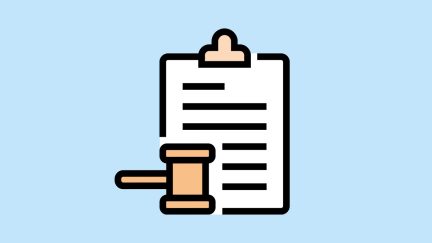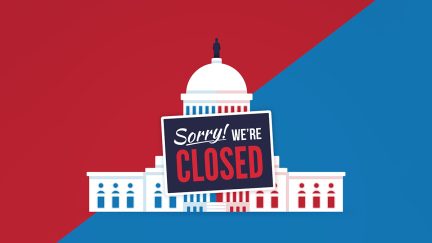Never miss a story — sign up for PLANSPONSOR newsletters to keep up on the latest retirement plan benefits news.
Incorporating DOL TDF Tips into Your Processes
The agency recommended plan fiduciaries re-evaluate the TDF choices they made following the passage of the Pension Protection Act of 2006 (PPA), Glenn Dial, managing director and head of U.S. Retirement Distribution at Allianz Global Investors Distributors, told attendees of the Plan Sponsor Council of America’s (PSCA’s) 66th Annual Conference (see “EBSA Offers Tips for Selecting TDFs”).
Dial and Paul Powell, an adviser with 401K Advisors, discussed how plan fiduciaries can implement the tips into their processes.
Establish a process for comparing and selecting TDFs
Dial said the DOL recommended employers consider participant demographics, as well as behaviors, including salary, contribution rates and access to a defined benefit plan. He explained that if participants usually contribute a lot and have other savings, they can use a TDF with a less risky glide path. If they save less, they should use a riskier glide path to generate more returns.
Powell said plan fiduciaries should also ask what they are trying to provide with TDFs—a growth of assets to retirement or continued income after retirement. This will determine whether they want to select a TDF with a “to” glide path or “through” glide path. This is why the DOL also wants plan fiduciaries to consider withdrawal patterns, Dial pointed out. If participants usually take a distribution when they leave employment, this may warrant selection of a “to” glide path.
He assured attendees there is no one right or wrong answer, but fiduciaries just need to document their processes. Powell reminded them that the Employee Retirement Income Security Act (ERISA) requires a prudent process.
Establish a process for the periodic review of selected TDFs
According to Dial, the DOL said fiduciaries should consider changing TDFs if there are changes to investment strategies or investment managers for the fund, or if the manager is not adhering to the plan’s investment policy statement. Dial said they may also change funds if the plan sponsor’s goal has changed—they now want to carry participants “through” retirement and not just “to” retirement.
Understand the fund’s investments—the allocation in different asset classes (stocks, bonds, cash), individual investments and how these will change over time
According to Dial, in this tip is where the DOL defines “to” and “through” glide paths for TDFs. Plan sponsors need to ask where a TDF reaches its most conservative point.
Powell pointed out that many plan sponsors do not know the equity allocation of their TDFs at the point of retirement. They should know this since they’re basically telling participants the TDFs are good investments, he said. Knowing this may also help plan sponsors that are trying to convince participants it’s a better deal for them to keep their assets in the plan.
Review the fund’s fees and investment expenses
Dial said one thing plan fiduciaries should investigate is the expense ratios of underlying funds compared to the total expense ratio for the TDF. If they are a lot less than the overall expense ratio, plan fiduciaries should ask what services and fees make up the difference.
Inquire about whether a custom or nonproprietary target-date fund would be a better fit for the plan
According to Dial, the DOL is concerned about plan participants’ ability to diversify to more investment providers. An advantage of custom funds is the ability to use the plan core investment menu; it may help with adhering to the investment policy statement. However, the higher expense of a custom solution may not be worth it. According to Powell, the choice to go custom depends also on plan size; more large plans are doing it.
Develop effective employee communications
Dial said the DOL is concerned that many participants think TDFs offer a guarantee. Plan fiduciaries should explain the basics of TDFs and tell employees they are not guaranteed and can lose money.
Powell added that communication is key to proper fund use by participants. Often participants select a TDF as just one of their investment choices, not understanding the diversification is built in.
Finally, the DOL recommended plan fiduciaries take advantage of all available information and tools for evaluating TDFs, and document all processes.


